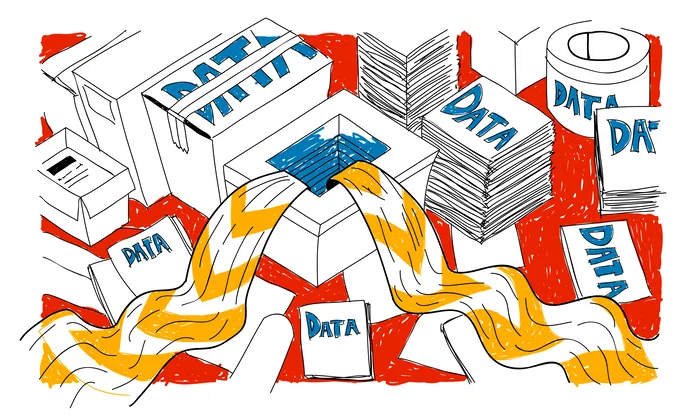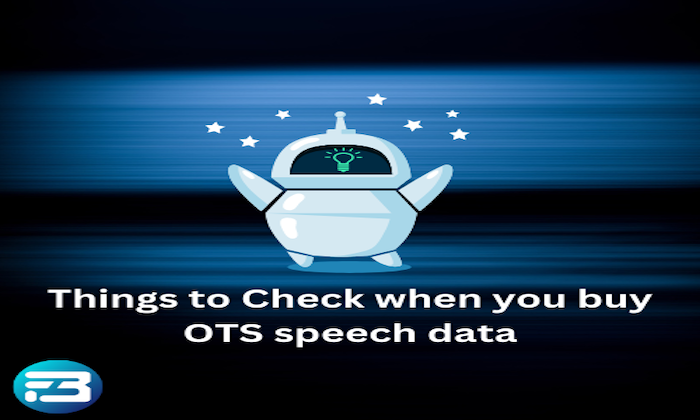What are the key components of a call center speech dataset?
Call Center
Dataset Components
Speech Data
A high-quality call center speech dataset is the backbone of AI-driven systems like voicebots, customer service analytics, speech recognition engines, and sentiment analyzers. At FutureBee AI, we understand that building intelligent speech-based solutions for enterprise workflows demands more than just raw recordings. It requires rich, structured data that’s accurately transcribed, precisely annotated, and contextually complete.
Audio Recordings: Laying the Foundation
The heart of every speech dataset is real-world audio. Our datasets include natural conversations between agents and customers, capturing a wide spectrum of acoustic nuances, emotionally charged speech, domain-specific queries, pauses, hesitations, and interruptions. We also ensure diversity in scenarios, covering various domains, call types, and customer intents. This includes technical support calls, billing queries, complaints, and general inquiries.
To support high-precision ASR and speaker separation, we provide dual-channel stereo recordings, separating the agent and customer voices. The audio is recorded in 16 kHz WAV format, which strikes the right balance between telephony compatibility and model training fidelity. We also capture audio across varied environments to help train models that perform in the real world, not just the lab.
Transcriptions: Turning Voice into Structure
We create verbatim, time-aligned transcripts with speaker labels and segmented turns. This makes it easier for models to learn dialogue flow and track who is speaking. Each transcript includes:
- Speaker-tagged segments
- Timestamps for precise alignment
- Non-speech labels (like music, background noise, or silence)
- Segment-level metadata like PII tagging, code-switching, and domain-specific labels
AI Annotations: Unlocking Intelligence
To train conversational AI and NLP systems effectively, annotations are essential. FutureBee AI’s datasets include:
- Intent and sentiment tagging
- Speaker gender tagging
- Named entity recognition (NER) and keyphrase extraction
- Speaker diarization
- Acoustic feature tagging
- Anonymization layers for privacy compliance
These structured audio annotations make it easier for your systems to learn how people express emotions, ask for help, or signal dissatisfaction, all of which are critical for automation and customer understanding.
Metadata: Adding Context to Every Call
We structure metadata so your models can connect the dots beyond the transcript. Each call includes fields such as:
- Call type (inbound or outbound)
- Call duration
- Domain and topic
- Speaker IDs for both agent and customer
- Call outcome or resolution type
- Language and regional accent details
- Emotion or sentiment summary
This rich metadata enables powerful filtering, segmentation, and performance benchmarking across datasets.
Quality Assurance: Built for Reliability
Our QA pipeline combines manual review, cross-validation, and automated scoring to ensure that every dataset meets enterprise standards. From transcription accuracy to annotation integrity, our review systems keep your data production-ready from day one.
Why It Matters
At FutureBeeAI, we build custom, metadata-rich speech datasets that give your models a smarter starting point. Whether you're developing virtual agents, sentiment engines, or automated QA tools, our speech datasets deliver the structure, diversity, and precision your models need to succeed.
What Else Do People Ask?
Related AI Articles
Browse Matching Datasets
Acquiring high-quality AI datasets has never been easier!!!
Get in touch with our AI data expert now!








